
• According to the Union of Concerned Scientists, it takes 1.5 million gallons of oil – enough to run 100,000 cars for an entire year – to make plastic water bottles. Transporting the bottles, first to the water plant, then to consumers, burns thousands of gallons more.
• For every gallon of water bottled, two gallons of water are used to wash and prepare the bottles.
• Water that goes into bottles either comes from underground aquifers, which are shrinking due to excessive demand, or the tap. In fact, 24% of the bottled water we buy is tap water repackaged by Coke (Dasani) and Pepsi (Aquafina).
• We toss 38 billion water bottles – in excess of $1 billion worth of plastic – into landfills every year.
• In most cases, tap water is actually safer and healthier than bottled water, due to the more stringent federal regulations that protect tap water.
Bottled water is also more expensive than we realize. If the water we use at home cost what even cheap bottled water costs, our monthly water bills would run $9,000, says Charles Fishman in Message in a Bottle, a terrific overview of the bottled water in the July issue of Fast Company.
Mary Hunt, at www.inwomenwetrust.com, urges consumers to boycott bottled water, and I’m with her. She thinks we can do it if we switch our “mindset of convenience.”
Actually, switching to your own bottle wouldn’t be so tough. Everyone carries a briefcase, purse or backpack these days; why not add a lightweight bottle you could refill when you got thirsty? Enterprising stores could charge $.25 for a fill-up (the way they charge you for “the cup” when you just get water anyway) and make a ten-cent profit on every “bottle” of water they sold. It would be better – and cheaper – for you to refill your water bottle than to buy bottled water from the store’s refrigerator.
Responsible stores that sell bottled water could also do their part by setting up recycling bins so consumers could bring their bottles back. It might require putting a five- or ten-cent deposit on the bottles to give consumers a little incentive to do the right thing. So be it. Deposits on glass bottles and cans in several states have proven to be effective; let’s extend deposit legislation to plastic bottles, too.
If, despite the fact that U.S. tap water is generally extremely safe to drink, you still worry about the quality, rather than buy water in plastic bottles, get a filter. Some options include:

• Brita On Tap System – a simple system you can mount on your faucet; you can also use the Brita pitcher filter
• Pur Ultimate Pitcher – another easily available pitcher option
You can compare ten different filter options at
•http://www.waterfiltercomparisons.com/Water_Filter_Comparison_Matrix.cfm
You can find some chic water bottles at Kleen Kanteen and Sigg.
Still want to buy your H2O in a bottle? Voss water is sold in a glass bottle in restaurants, health clubs and spas. You’re still paying exorbitant prices for the water, but at least the glass bottle is reusable.
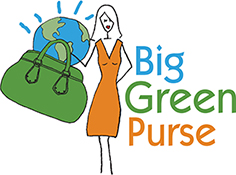





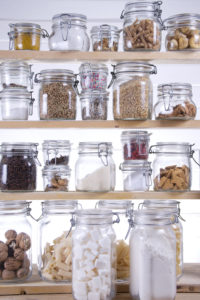
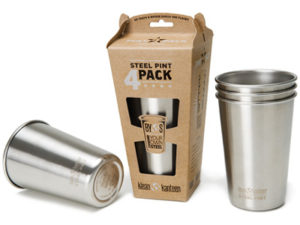

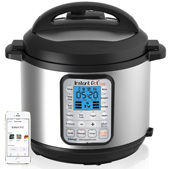

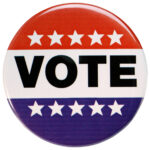




4 thoughts on “Is It Time to Boycott Bottled Water?”
I have no problem with toting my own water in my Kleen Kanteen, but what about all those flavored vitamin and energy waters? My husband and kids are just crazy about those!
Heather,
Maybe one option is to buy flavored drinks in glass bottles (recycling rate is 25% for glass compared to only 9% for plastic containers) and enjoy those at home, but when traveling, stick to a refillable water bottle. Or, cut back on some percentage (30% to start? 50%?) of drinks in plastic to make an initial dent in the problem, then cut back more until the manufacturer gets the message and either puts a voluntary deposit on the bottle or starts making it out of glass, both of which would at least increase recycling rates. If we switch our spending to a better option, the manufacturer will eventually do likewise.
Heather – I carry water and packets of flavor to be added when I’m ready. There is still a tiny packet to toss, but that’s better than a whole bottle. The next step will be buying powder in bulk and carrying my own refillable packets. Companies still make money, but I’ve eliminated all packaging.
what are your sources for you information; I am doing a report and wanted to cite you but can not find your sources!
Comments are closed.